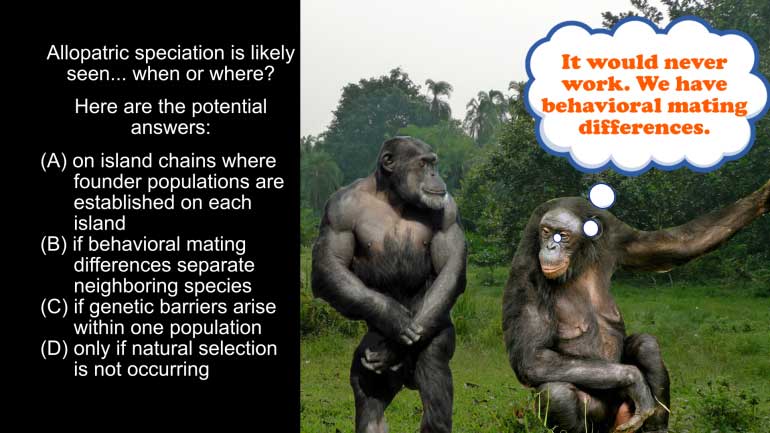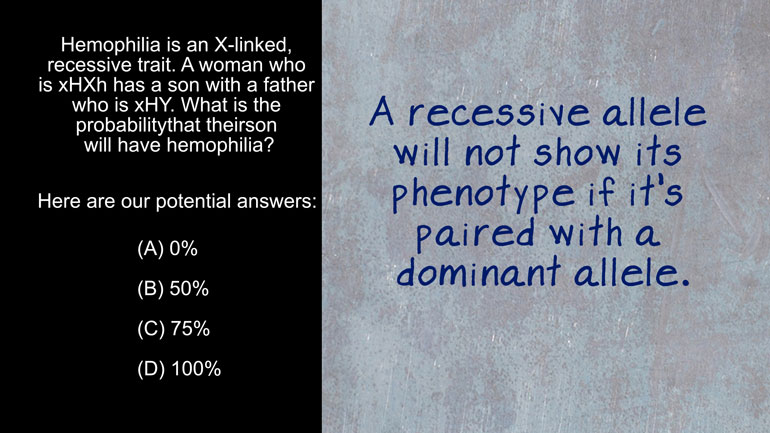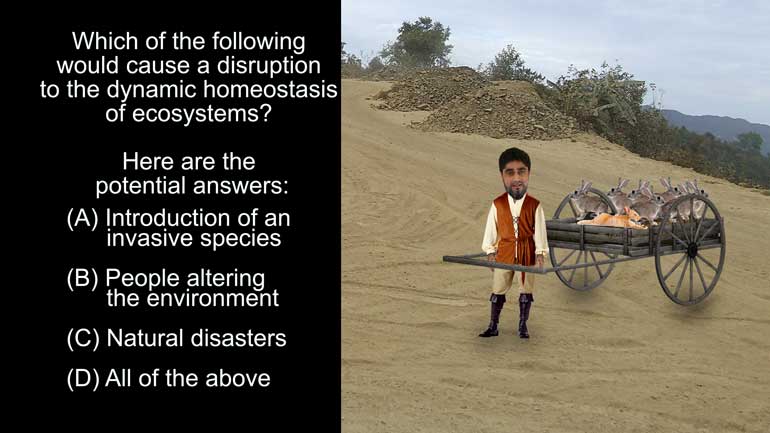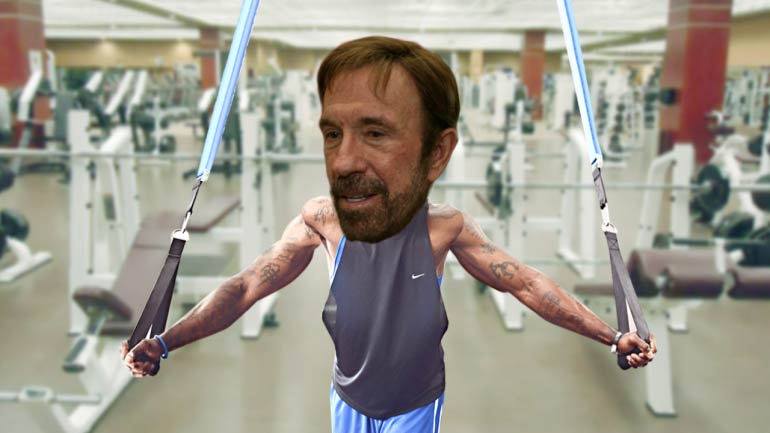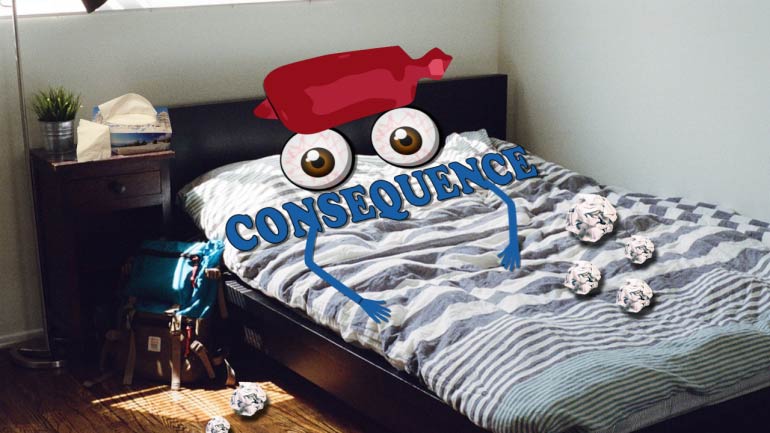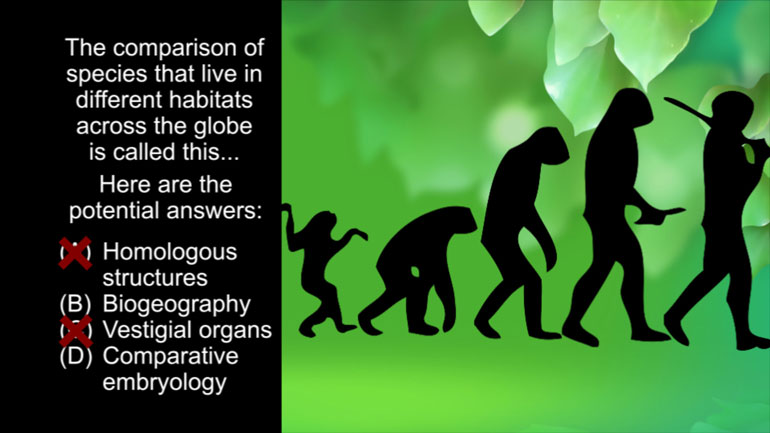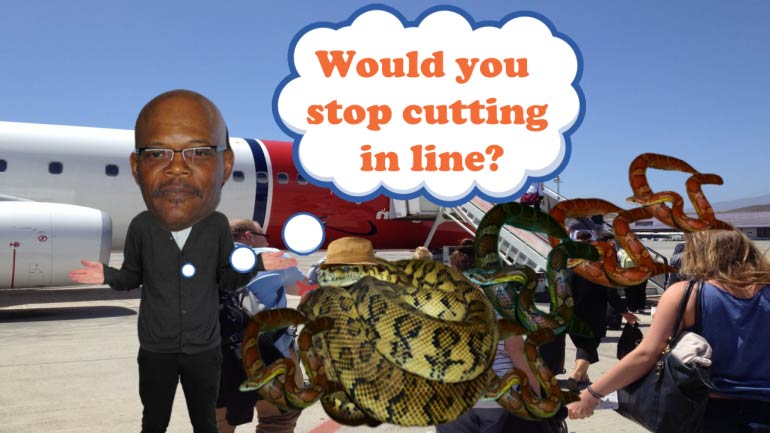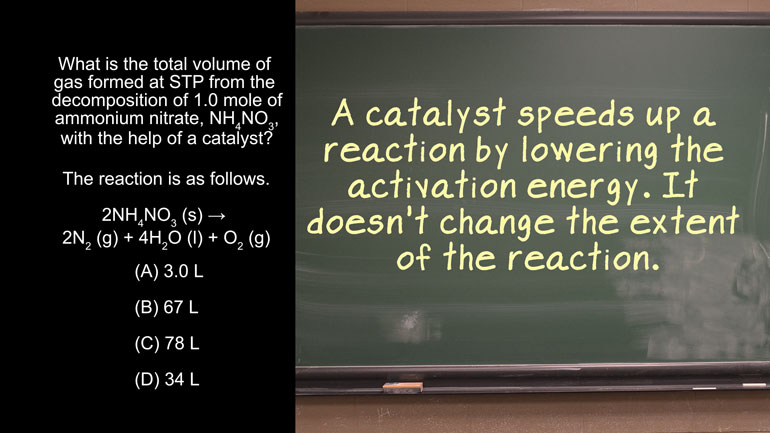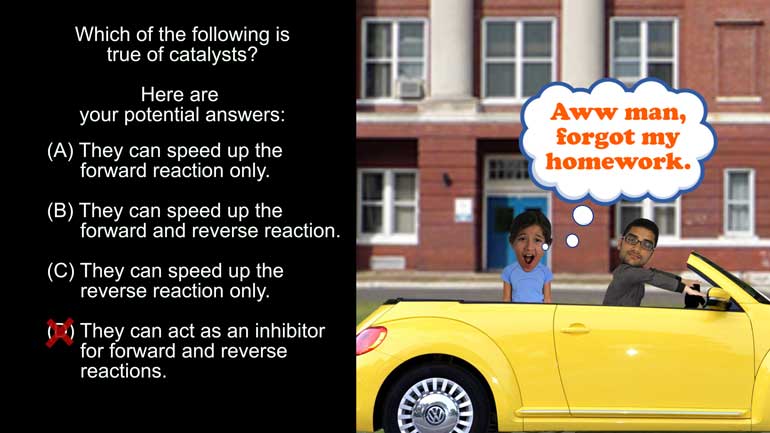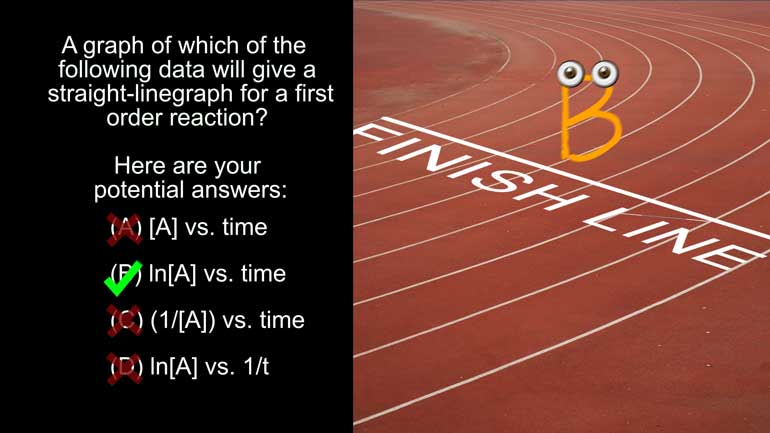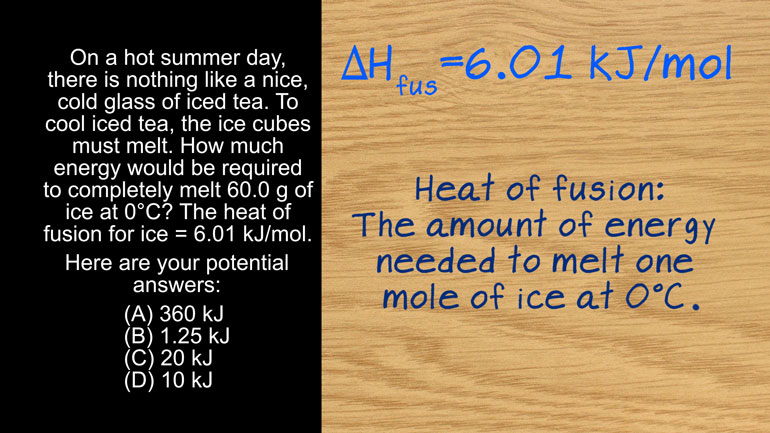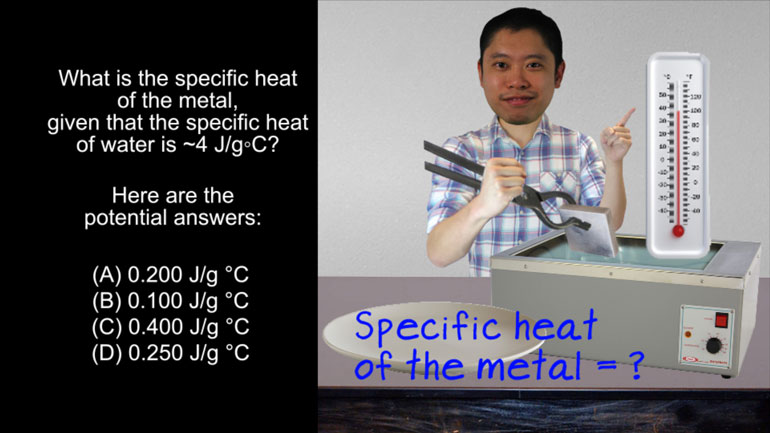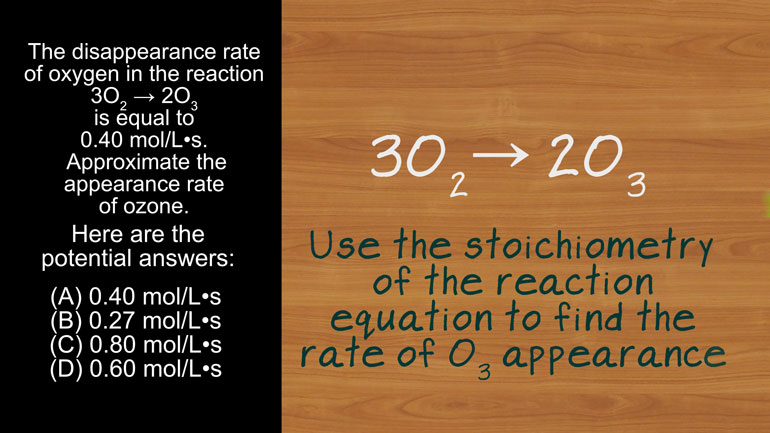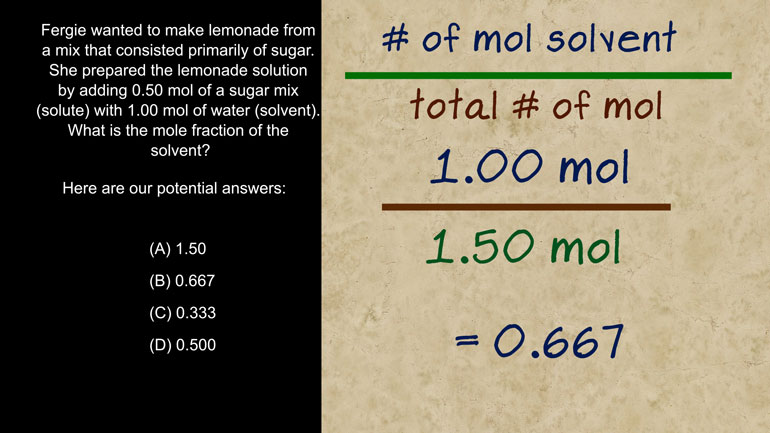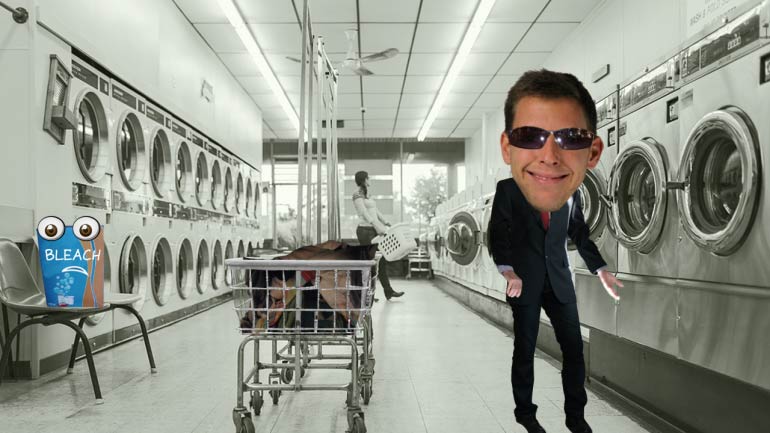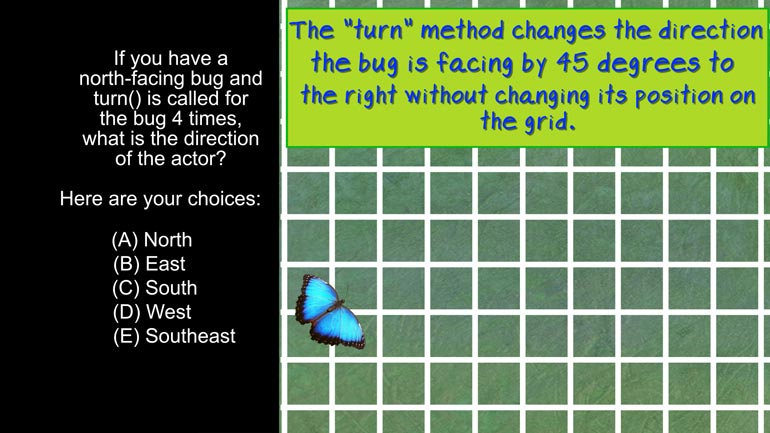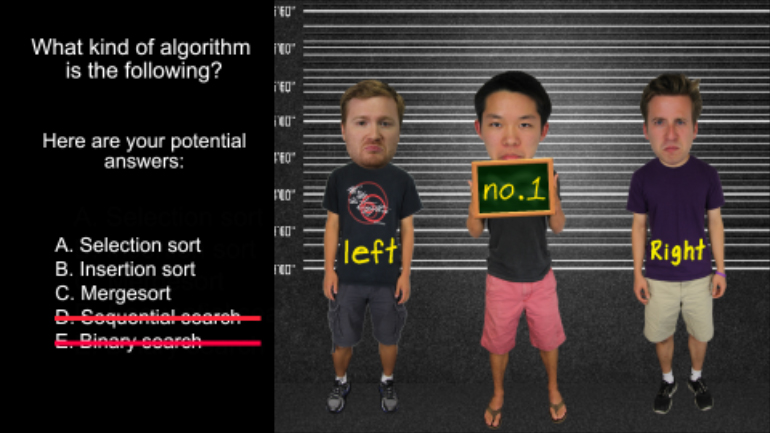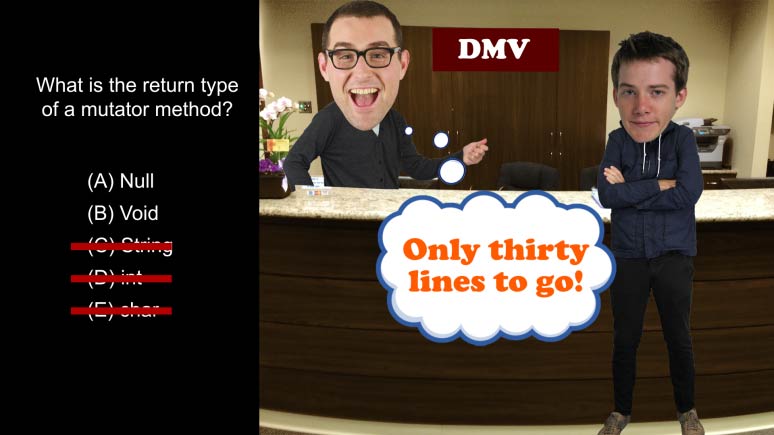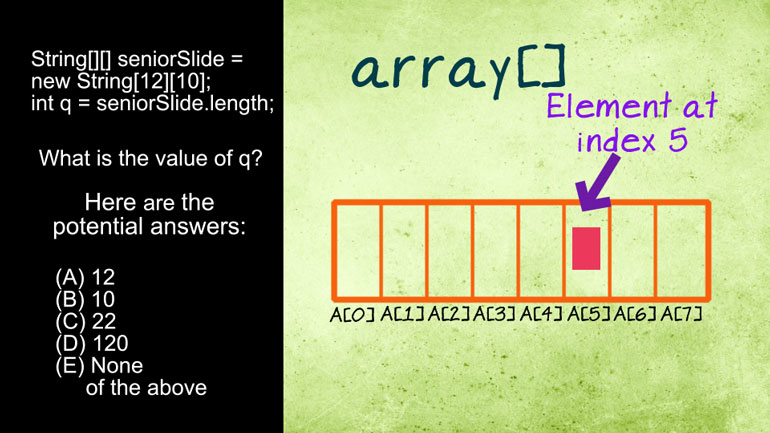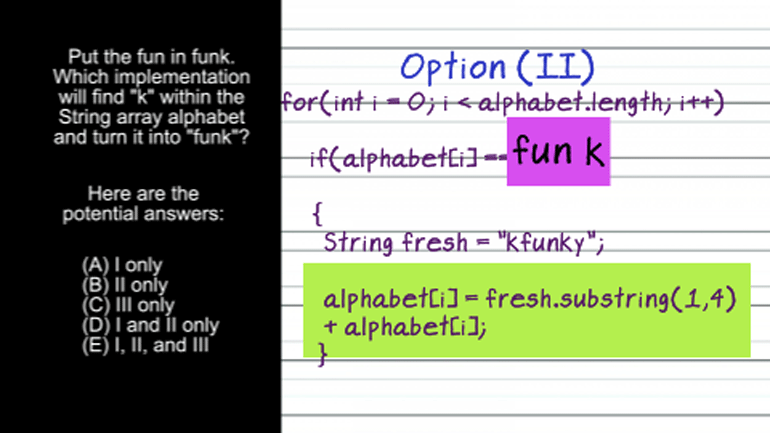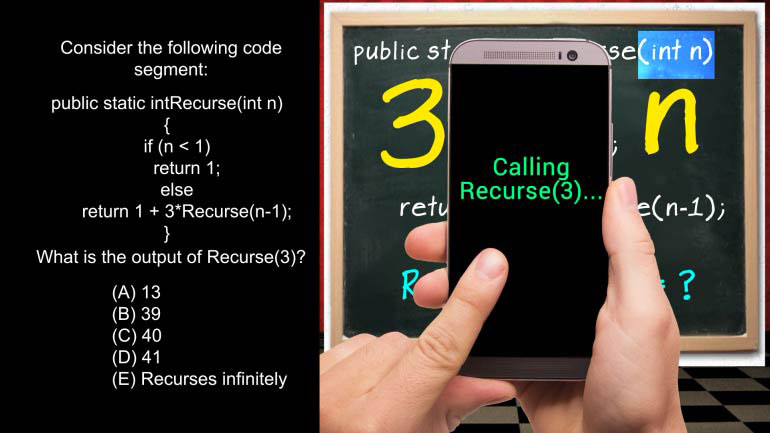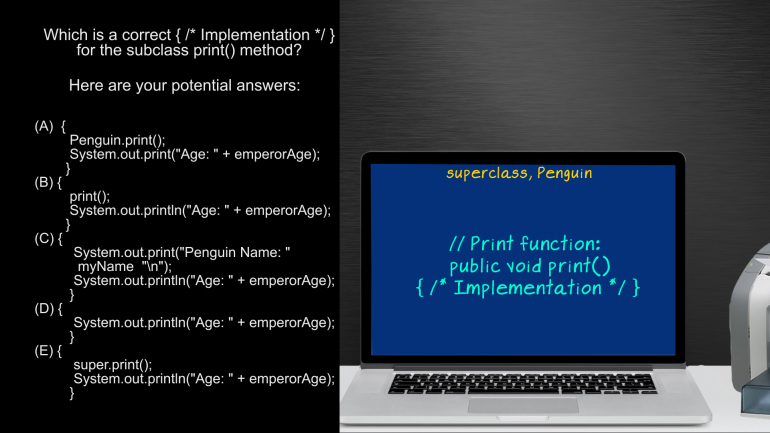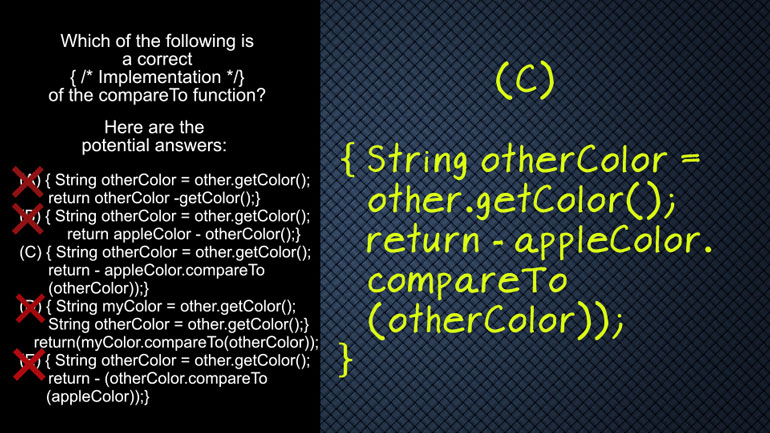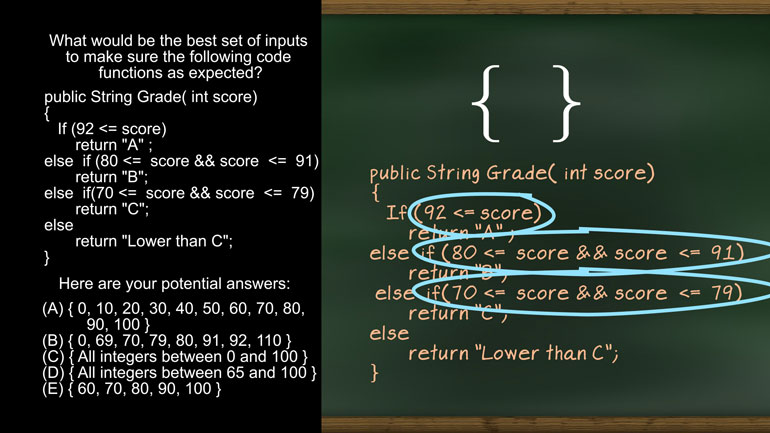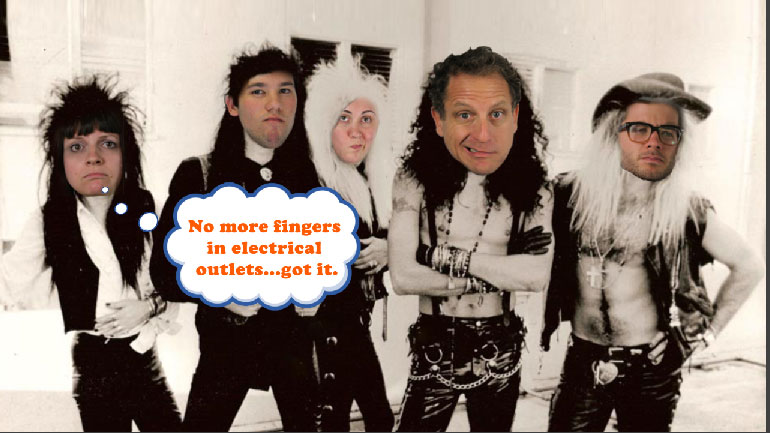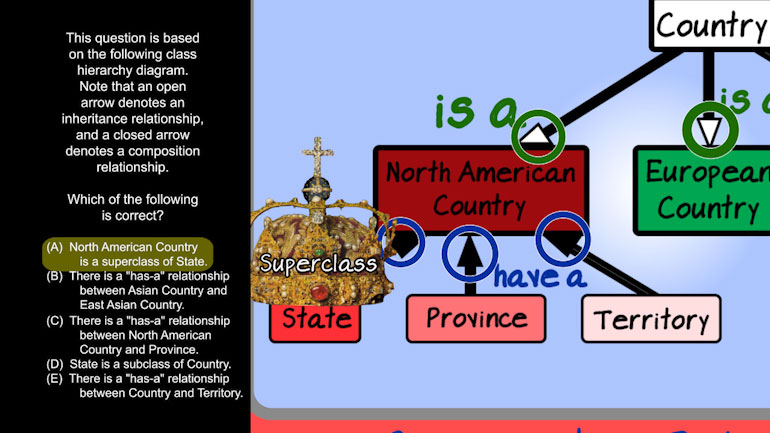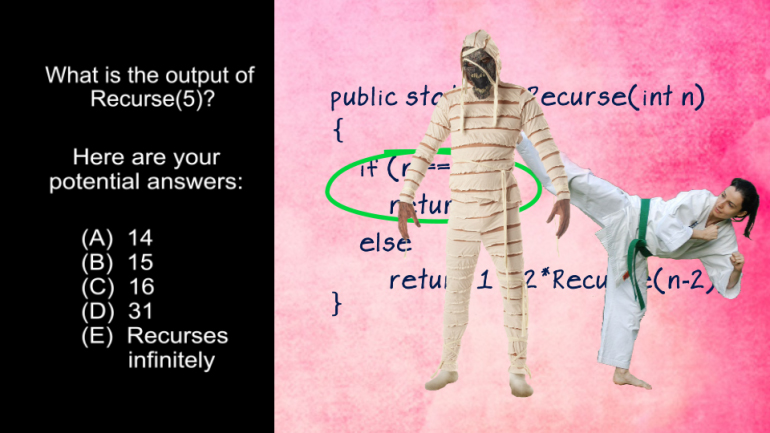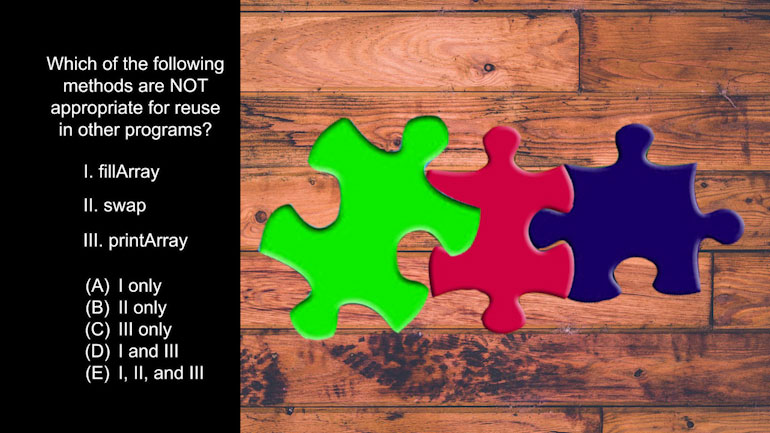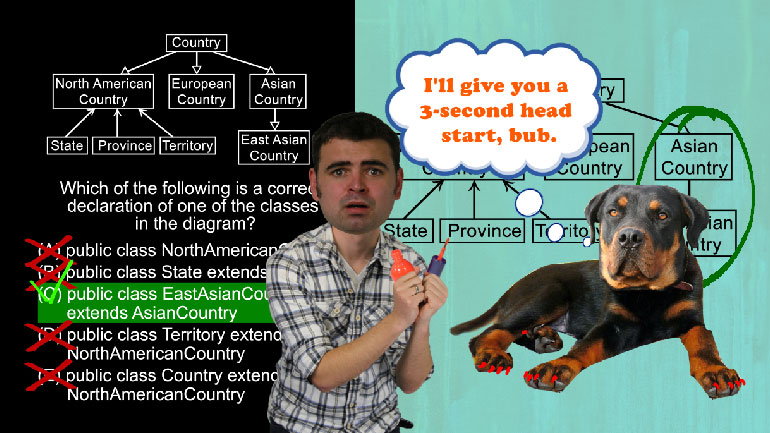ShmoopTube
Where Monty Python meets your 10th grade teacher.
Search Thousands of Shmoop Videos
Test Prep Videos 443 videos
ACT Science: Research Summary Passage Drill 2, Problem 1. Why do you think that the filter paper will not remove the salt from the water?
AP Biology: Biological System Interactions Drill 1, Problem 1. Complete the sentence about a saturated fatty acid.
AP Biology: Essential Life Process Information Drill 1, Problem 1. If one parent is heterozygous for the sickle cell trait while the other par...
AP Bio 3.4 Evolution 50 Views
Share It!
Description:
AP Bio 3.4 Evolution. What does gene flow do?
Transcript
- 00:03
Here’s your shmoop du jour, brought to you by gene flow.
- 00:07
It has nothing to do with how awesomely your skinny jeans fit. [Girls in dressing room]
- 00:11
Gene flow does…what?
- 00:13
And here are the potential answers…
- 00:18
Gene flow is like dandelions being blown into your neighbor’s yard because you napped [Person napping on a hammock]
Full Transcript
- 00:23
instead of mowing the lawn like you promised.
- 00:25
When genes migrate, stuff usually…happens.
- 00:28
However, most DNA mutations occur naturally and not because of gene flow. [Man transforms into the Hulk]
- 00:34
When a cell divides, it makes a copy of the DNA.
- 00:36
It’s not entirely like “cut and paste”.
- 00:40
More like “keep your fingers crossed” and hope for a perfect copy. [Girl crossing her fingers]
- 00:44
Otherwise, you have a mutation.
- 00:47
Gene flow is not the culprit here.
- 00:49
So…
- 00:50
Answer “A’ is wrong.
- 00:51
How about “B”?
- 00:52
Well, in the case of human organisms, we normally select mates on a non-random basis… based [Girl flirts with guy sat on a bench]
- 00:57
instead on easily observable traits.
- 00:59
Fortunately, as we mature, more thought will go into the non-random selection process.
- 01:04
It’s all about the vibes.
- 01:05
And not gene flow.
- 01:06
“B” is incorrect.
- 01:08
With natural selection, certain phenotypes are better able than others to contribute [Man bench pressing]
- 01:13
their genes to the next generation.
- 01:14
They’re more fit and uh…pumped up for action. [People working out in a gym]
- 01:18
The end result is a gradual change in the gene frequencies of that population.
- 01:23
None of which is caused by gene flow.
- 01:25
“C” is out.
- 01:26
As for “D”, gene flow is the transfer of alleles from one population to [Alleles transfer from one circle to another]
- 01:31
another.
- 01:32
This transfer knocks the Hardy-Weinberg equilibrium out of whack, because it could change the
- 01:37
allelic frequencies.
- 01:38
And, when those frequencies are the least bit disrupted…well, prepare for some potentially
- 01:43
hairy moments. [Man transforms into a caveman]
- 01:44
“D” is definitely the correct answer.
- 01:46
A word to the wise: you may want to avoid the…deep end of the gene pool… [Man jumps into deep end of a gene pool]
Related Videos
AP Biology: Biological System Interactions Drill 1, Problem 1. Complete the sentence about a saturated fatty acid.
AP Biology: Essential Life Process Information Drill 1, Problem 1. If one parent is heterozygous for the sickle cell trait while the other par...
AP Biology: Evolution Drives the Diversity and Unity of Life Drill 1, Problem 1. The first cells on planet Earth were likely what?
AP Biology: Free Energy and Molecular Building Blocks Drill 1, Problem 1. Which statement incorrectly describes the properties of water?
AP® Biology: Evolution Drives the Diversity and Unity of Life Drill 1, Problem 2. What was likely the first genetic material?

















